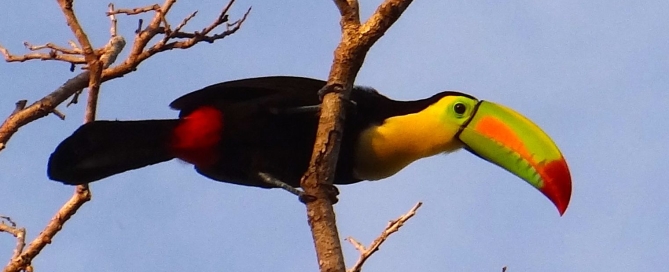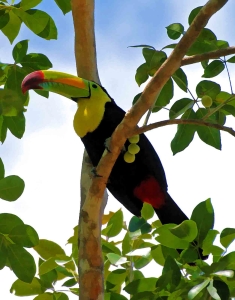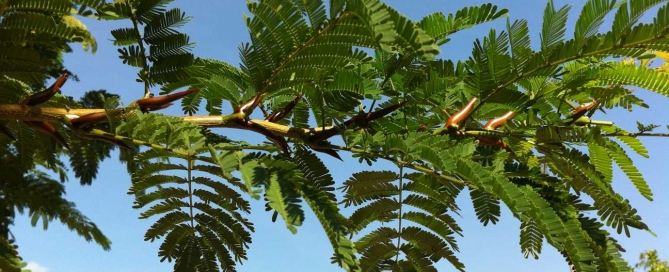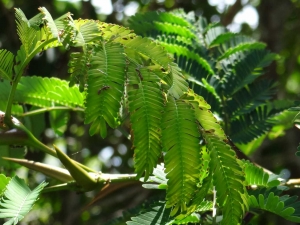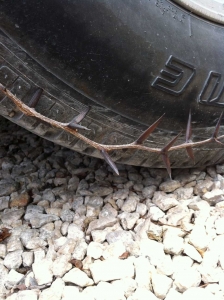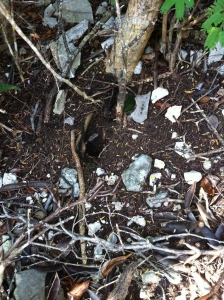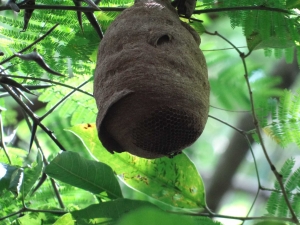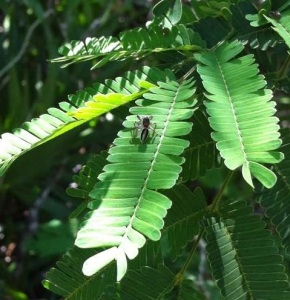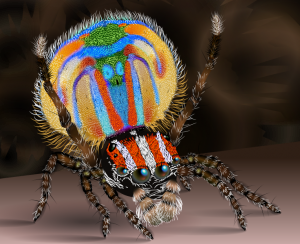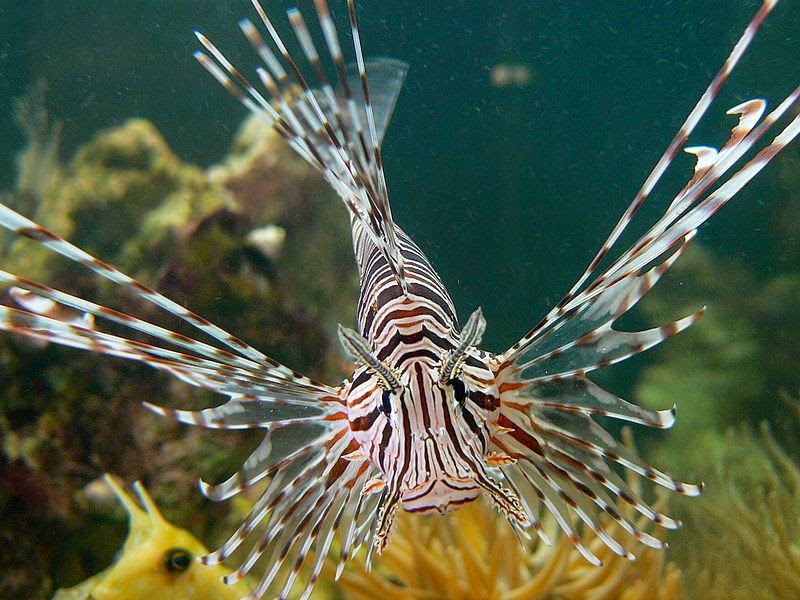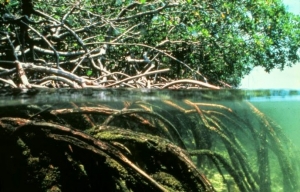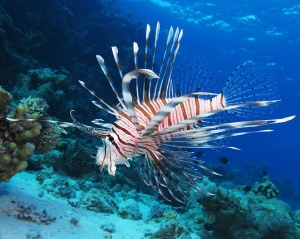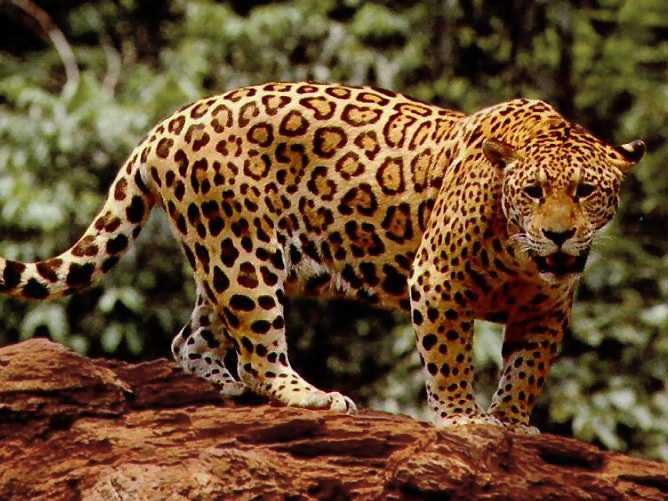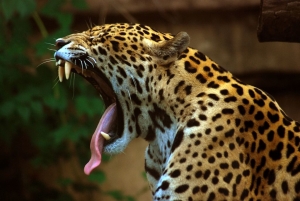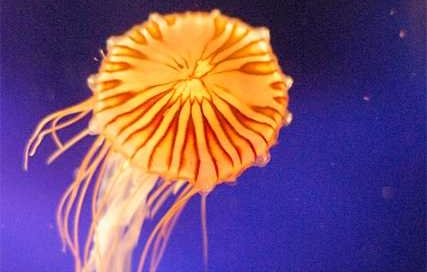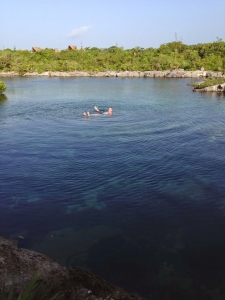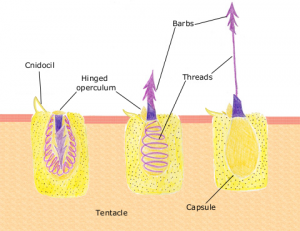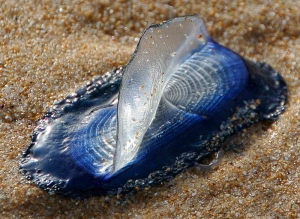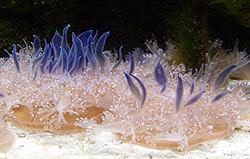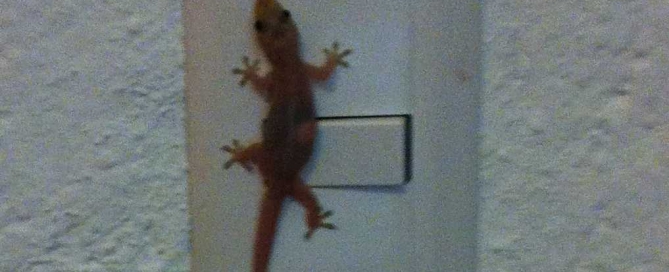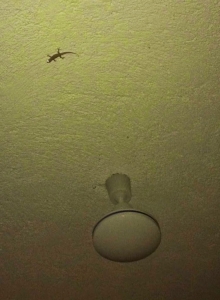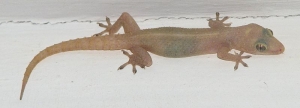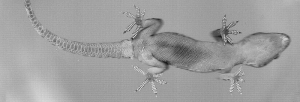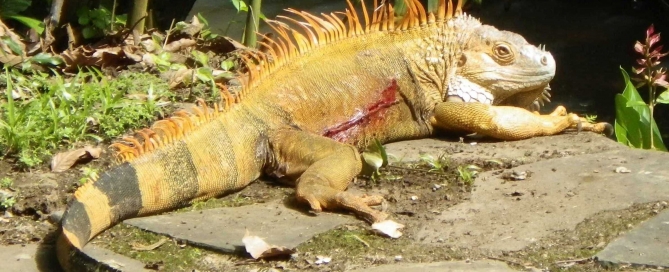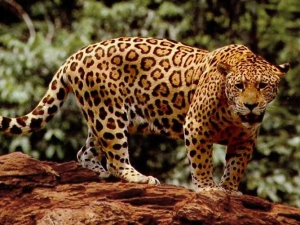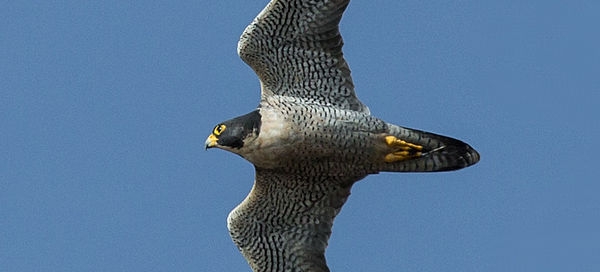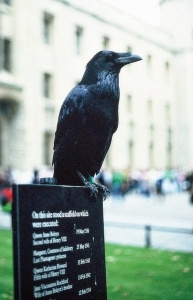Absurd Beaks and Materials Engineers
My principal question was this: When a toucan tries to fly, why doesn’t he end up planted in the ground like a lawn dart?
And when I thought slightly more seriously about this, I realized that I had several other questions about the toucan as well. How did that beak happen? Why would such a thing evolve and what is it for? If it doesn’t pull him straight toward the ground at thirty-two feet per second squared, how does that engineering work? It clearly has enough strength to take the beating any beak has to take. It must weigh something.
As children, toucans were probably among the first five or so birds we all learned the names of, but I was realizing that I know almost nothing about them. So I am setting out to change that. Who are these beautiful birds with the absurd beaks?
And there is another reason I’m writing this, and it has to do with the fact that I’m a birder. I’m not a great birder, but I am a birder, and birders are an odd lot. I’ll tell you something about us: There is a handful of birds out there which are so iconic that any birder will simply never forget his first sighting. I remember my first bald eagle (Alaska, 1984), my first peregrine falcon (kayaking off Big Sur, 1991) (I got so excited I almost capsized and drowned), and my first flamingo (Celestun, Mexico, 2007).
And Susan and I both saw our first toucan in November of 2007 in a jungle fifteen miles southwest of where I’m sitting right now, and here’s the personal connection: Early next month we’ll be moving to that jungle. That very spot. We were looking at property at the time, and now we’re buying it. Five acres, with an off-grid home. Toucans will be a regular part of our lives.
It’s time to learn something about them.
* * * *
The argument about what the beak is for has been going on for about a century and a half, and it’s showing few signs of resolution. The first theory came from The Man himself: Charles Darwin was convinced that the toucan’s beak was for a sexual display. That’s been discredited, but I can see why he went there. Most absurd things you see in nature are about sex. (Most absurd things you see in the human race are too, but that’s off-topic for a Ranger Randy article.) It’s a known phenomenon, and it even has a name: It’s called sexual selection. That’s what they call it when a trait evolves which contributes absolutely no survival value, but does help the organism attract a mate and reproduce more successfully. The example they always use is the tail of the male peacock. But the problem with the toucan’s beak is that both sexes have one, and they’re identical. That almost never happens in courtship display adaptations, especially in birds. Almost always, it’s only the male who gets weird. The female tends to stay subdued in appearance and practical in design, because she has an actual job to do—she has to bear those children and raise them, and she may or may not be a species lucky enough to get any help in that from the male.
The next theory I ran into was that they have those outrageous beaks because they eat fruit. Well, okay, they are fruit eaters (frugivores) but the problem I have with that theory is that the forest is just full of fruit-eating birds who have perfectly ordinary-looking beaks. Orioles come to mind.
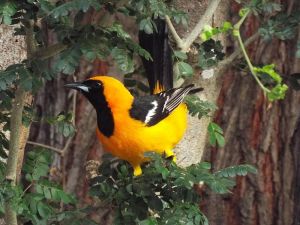
-
Hooded Oriole (Icterus cucullatus)
By U.S. Fish and Wildlife Service Headquarters[CC BY 2.0], via Wikimedia CommonsIt was suggested on the National Geographic website that the beaks allow them to reach fruit farther away from themselves on branches that wouldn’t support their weight. Sorry, I’m not convinced by that one.
Another suggestion was that by reaching farther away for fruit without having to move, they are conserving energy, and improving their calorie mathematics. That one didn’t sell me either.
Some have suggested that the beak intimidates predators and competitors. Well, if so, it’s all show, because the beak is not strong enough to be used as a weapon, and toucans don’t fight with them.
It’s been proposed that they can reach farther into tree cavities for food. It’s been proposed that it helps them plunder hanging nests (they can be egg-stealers).
And the scientific community was all abuzz in 2009 because Glenn Tattersall of Canada’s Brock University did a very interesting study and proved that the beaks are used for heat exchange. They are well-supplied with blood, they are not insulated by feathers, and the toucan can regulate the blood flow to radiate away more or less heat and regulate his body temperature. A wave of exuberant articles hit the popular press. The British paper The Independent crowed, “Mystery of the Toucan’s Beak Solved.”
Well, I beg to differ, and so does the author of that study. There is a difference between what an adaptation is currently used for, and why it evolved. If you actually read the paper in Science Magazine, Tattersall himself says that the evolutionary forces that led to the beak “remain elusive.” That said, it was a wonderful and important study, and he did conclusively prove, in an ingenious way, that they thermoregulate with their beaks. (This is what jackrabbits’ ears are for also—they have nothing to do with hearing.) But it could easily be what scientists call an exaptation—something that evolved for one purpose and then, down the line, got used for another. A perfect example of an exaptation is bird feathers. They originally evolved for insulation, and only later were adapted for flight.
Now, I want you to bear in mind that I’m an amateur naturalist. My estimation of this situation is not going to stop very many great minds in their tracks. But for what it’s worth: I don’t think we’ve figured this one out yet.
As you probably guessed, the beaks are very lightweight. That’s why there’s no lawn dart phenomenon. The inside of those beaks is a three-dimensional matrix of tiny little struts, a sort of latticework, but in 3-D. (The insides of our bones look like this too.) The result is that although the beak is a third of his body length and up to fifty percent of his surface area (which is why it’s a great radiator), it is only a twentieth of the bird’s mass.
But in the case of the toucan, evolution has added another innovation to this design which has the engineering community all abuzz. A materials scientist and aerospace engineer named Marc Meyers, at University of California, San Diego, looked into the design of the toucan’s beak, and found that as well as having that 3-D matrix of little struts, which are pretty common in the animal world (they’re called traberculae), there are also membranes spanning each space created by them, like little drum skins. It is as if the whole structure had been dipped in a soapy liquid and allowed to dry. This adds another whole dimension to the strength of that beak, because now what you have is struts carrying compression loads, and membranes carrying tensile loads, and if you’re not familiar with those terms, they’re pretty much what they sound like. (I know them because Susan hung out with a lot of architects for most of her career.) Compression strength means it resists being compressed. Tensile strength means it resists being pulled apart. A rope has high tensile strength and zero compression strength. A stack of bricks is just the opposite. The toucan’s beak has both. But it gets even better, because there’s a third effect as well: The cells created by the membranes are airtight, so there is also cushioning from air pressure, like closed-cell foam rubber. It’s looking like this design is unique in the bird world, and Meyers is advocating getting some technology-imitating-nature stuff going on this, because he is really impressed with the strength-to-weight ratio of these beaks, and also with the complexity of the ways it absorbs force and resists damage. He thinks there could be lots of applications for it.
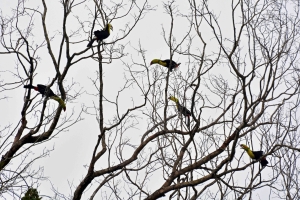
-
Gregarious, social and playful: A family of keel-billed toucans traverse the canopy.
Photo by Jim Fossheim
The toucan we see most often around here is the keel billed toucan (Ramphastos sulfuratus), and it’s been delightful to learn a few things about them. They’re very gregarious, very social and very playful, and they enjoy tossing things back and forth to each other (they’re quite dextrous with those beaks). One of their courtship rituals is a fruit toss, in which male and female flip morsels of fruit into one anothers’ mouths. They travel around in small family groups of six or twelve, and they’re actually not the greatest flyers. They’re a deep forest bird, with stubby wings, and they prefer hopping to flying.
Hopping, however, is something they’re very good at, and since they stay mostly in the upper canopy, which is very contiguous in a tropical forest, they can roam a long way just by boinging from branch to branch. They nest colonially in tree cavities, and that cracks me up. It seems like every time I write an article, at some point I come across something that makes me laugh, and this time that’s what it was. Think about this: Space is tight in your basic tree cavity, and they’ve got those humongous beaks. So they have a trick when they settle down at night, in which they tuck their beak completely under themselves, and wrap their tail, which is basically double-jointed, forward over it, and become a little ball of feathers.
The young take eight to nine weeks to fledge (grow up), which is longer than most, and the main reason for the delay is that is that they have to grow that beak. They’re not born with it. It would never fit in an egg.
And yes, the female does get help from the male in child-rearing.
And I’ll leave you with one more important fact: According to the expert breeders at Emerald Forest Bird Gardens in California, toucans hate sugary breakfast cereal. Never touch the stuff.
Now you know.

